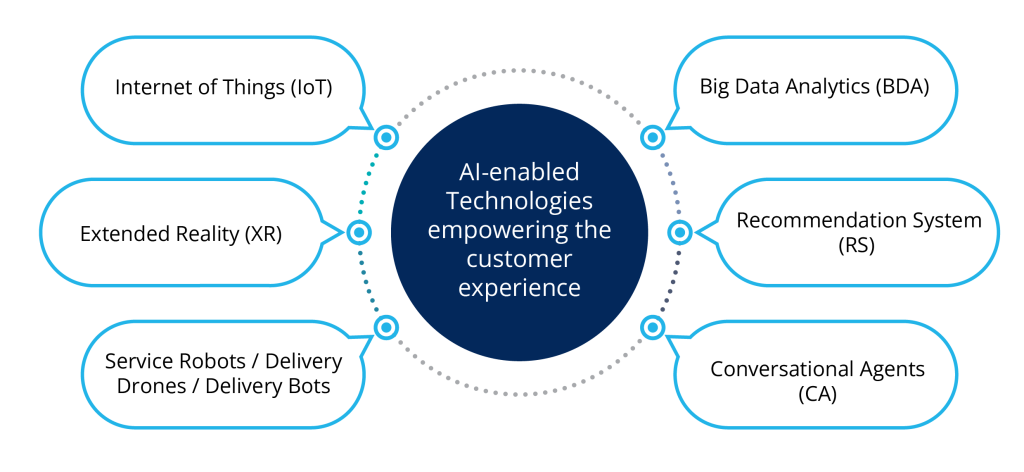Understanding Manuscript Assessment or Triage in the Editorial Workflow
Manuscript assessment, often known as the triage stage, is a crucial early step in the editorial workflow of scholarly publishing. During this phase, newly submitted manuscripts are evaluated for their suitability for further review or rejection. This quality control checkpoint ensures that submissions meet the journal’s scope, guidelines, and academic standards before advancing in the process.
Key Aspects of Manuscript Assessment
- Scope and Fit: Does the manuscript align with the journal’s subject area and audience?
- Adherence to Guidelines: Is the manuscript compliant with the journal’s formatting, citation, and ethical standards?
- Language and Structure: Is the manuscript clear, well-written, and free from major grammatical issues?
- Ethical Compliance: Has the manuscript passed plagiarism checks and met authorship accuracy standards?
- Research Integrity: Does the manuscript adhere to ethical standards regarding data, authorship, and compliance with journal requirements?
The Importance of the Manuscript Triage Stage
The triage stage is essential for maintaining workflow efficiency and journal integrity. A thorough assessment early on provides several key benefits:
- Saves Time and Resources: Early rejection of unsuitable manuscripts prevents overburdening editorial teams and reviewers, allowing them to focus on high-quality research.
- Maintains Quality Control: Filtering out submissions that do not meet essential standards helps preserve the journal’s reputation.
- Streamlines Peer Review: Identifying potential issues such as plagiarism or ethical concerns before peer review enhances overall workflow efficiency.
- Enhances the Author Experience: Quick feedback during triage allows authors to submit elsewhere without unnecessary delays.
- Reduces Publication Delays: Efficient triage moves manuscripts through subsequent editorial stages faster, improving overall turnaround time.
Challenges in Manuscript Screening Amid Growing Submissions
The rapid increase in academic research output presents significant challenges for editorial teams in managing both the volume and quality of submissions:
- Overburdened Teams: The rising number of submissions makes manual screening time-consuming, leading to delays and human errors.
- Inconsistent Screening: Variability in scrutiny levels among editors can result in inconsistent decision-making.
- Risk of Errors: The pressure to process more manuscripts can lead to overlooked issues such as plagiarism or ethical concerns.
- Slower Turnaround Times: High submission volumes extend response times, causing frustration among authors.
- Difficulty Scaling: Manual screening is hard to scale without increasing staff, which may not always be feasible due to budget constraints.
Editor Burnout and the Role of AI
Editor burnout in scholarly publishing is a growing concern, driven by increasing submission volumes, complex manuscripts, and the pressure to maintain high quality and efficiency. This can lead to exhaustion, decreased job satisfaction, and negative impacts on personal and professional life.
AI-powered manuscript screening tools can significantly alleviate editor burnout by automating routine tasks and providing data-driven insights. These tools can help editors:
- Prioritize Submissions: AI assesses the quality and relevance of manuscripts, allowing editors to focus on the most promising submissions and reduce overall workload.
- Identify Potential Issues Early: AI tools can detect plagiarism, ethical violations, and methodological errors early, enabling prompt and efficient resolution.
- Streamline Communication: AI automates tasks such as sending reminders, tracking deadlines, and summarizing reviewer comments, reducing administrative burdens.
- Provide Data-Driven Insights: AI analyzes submission patterns, identifies trends, and offers insights into editorial policies, helping editors make informed decisions and optimize workflows.
By automating routine tasks and offering valuable insights, AI can reduce stress, improve job satisfaction, and help maintain a healthy work-life balance, leading to better decision-making and a more efficient publishing process.
How AI Can Address Manuscript Screening Challenges
AI-powered tools, such as Integra’s AuthorPilot, offer scalable solutions to manuscript screening challenges. AI efficiently handles large volumes of manuscripts while ensuring consistency and accuracy. Here’s how AI improves the manuscript screening process:
- Plagiarism Detection: AI scans for plagiarism with high accuracy, comparing submissions against extensive databases of published works.
- Guideline Adherence: AI ensures manuscripts meet formatting, citation, and ethical standards, saving time on manual checks.
- Research Integrity: AI flags issues related to authorship conflicts and ethical compliance, supporting research integrity.
- Faster Turnaround Times: AI processes manuscripts quickly, speeding up decision-making.
- Improved Accuracy: AI minimizes human errors and inconsistencies, ensuring thorough and standardized evaluations.
By integrating AI-driven solutions into the manuscript triage process, editorial teams can concentrate on higher-level tasks while AI handles repetitive, time-consuming checks.
Introducing AuthorPilot: AI-Powered Manuscript Screening
AuthorPilot by Integra is an advanced AI tool designed to streamline the manuscript screening process. It enhances editorial workflows by providing detailed insights into each manuscript’s language quality, adherence to guidelines, and research integrity.
Key Benefits of AuthorPilot
- Efficiency: Screens manuscripts significantly faster than manual processes, allowing teams to focus on detailed peer review.
- Accuracy: Identifies critical issues like plagiarism, guideline non-compliance, and ethical concerns early, ensuring only high-quality manuscripts proceed.
- Objectivity: Eliminates human bias, providing impartial evaluations and improving fairness in manuscript assessments.
- Consistency: Applies uniform standards to every manuscript, ensuring consistent evaluations across all submissions.
- Seamless Integration: Easily integrates into existing workflows, enhancing productivity without additional staff.
How AuthorPilot Works
- Manuscript Submission: Authors submit their manuscripts to the journal.
- Automated Screening: AuthorPilot assesses key factors such as plagiarism, guideline adherence, language quality, and research integrity.
- Assessment Report: The tool generates a detailed report highlighting the manuscript’s strengths and weaknesses.
- Editorial Decision: Editorial teams use the AI-generated report to make informed decisions on whether the manuscript should proceed to peer review or be rejected.
The Impact of AuthorPilot on Scholarly Publishing
As manuscript submissions increase, publishers face mounting pressure to uphold quality while managing workloads efficiently. AuthorPilot offers a transformative solution, ensuring faster, more accurate manuscript evaluations while maintaining high editorial standards.
Why Choose AuthorPilot?
- 24/7 Availability: Always ready to assess manuscripts, regardless of time zones or team size.
- 20x Manual Effort Savings: Dramatically reduces the time needed for initial checks, allowing editorial teams to focus on high-value tasks.
- 40% Copyediting Cost Reduction: Early identification of language and structure issues leads to fewer revisions downstream.
- 60% Improvement in Publication Speed: Faster triage accelerates peer review and publication timelines.
- 100% Increase in Editorial Productivity: AI handles initial screening, enabling teams to concentrate on strategic decisions.
- 30% Faster Turnaround Times: Streamlines the entire process, providing a smoother experience for authors and reviewers.
A Balanced Approach: Human Judgment Enhanced by AI
While AI is powerful, it complements human editorial expertise best. AI handles repetitive tasks and ensures consistency, while human editors apply nuanced judgment where subjective decisions are needed. This collaboration results in a highly efficient and effective manuscript screening process.
In today’s fast-paced publishing world, leveraging AI-driven tools like AuthorPilot is crucial for staying competitive. By integrating AI, journals can scale effortlessly, reduce costs, and ensure consistent quality, leading to a better experience for authors, reviewers, and editorial teams.
Integra is committed to delivering exceptional quality, efficiency, and innovation to our clients. Let us help you streamline your publishing workflows and achieve your goals.
Are you looking to explore how AI can alleviate reviewer fatigue? Integra can help—let’s talk!
Author Bio
Ashutosh Ghildiyal is the Vice President of Growth and Strategy at Integra, a leading global provider of publishing services and technology. With over 18 years of experience in scholarly publishing, he is adept at driving sustainable growth and expanding the company’s global presence. Ashutosh is deeply committed to advancing the scholarly publishing community and shaping the future of the industry.












